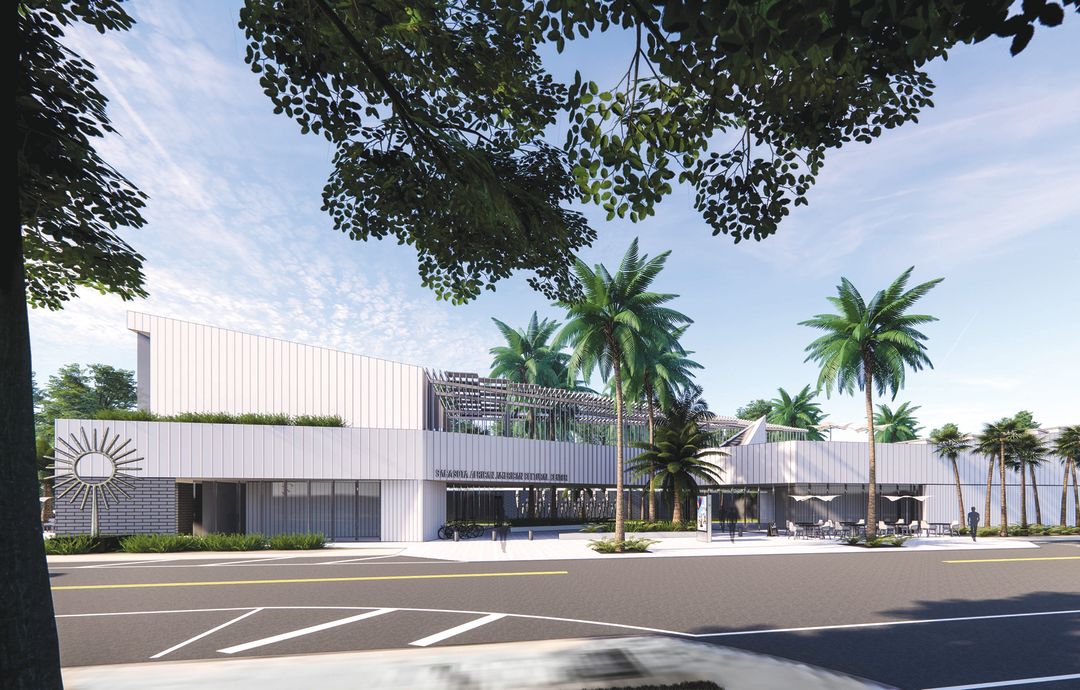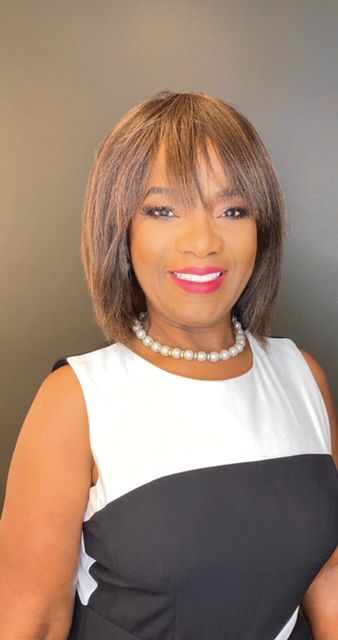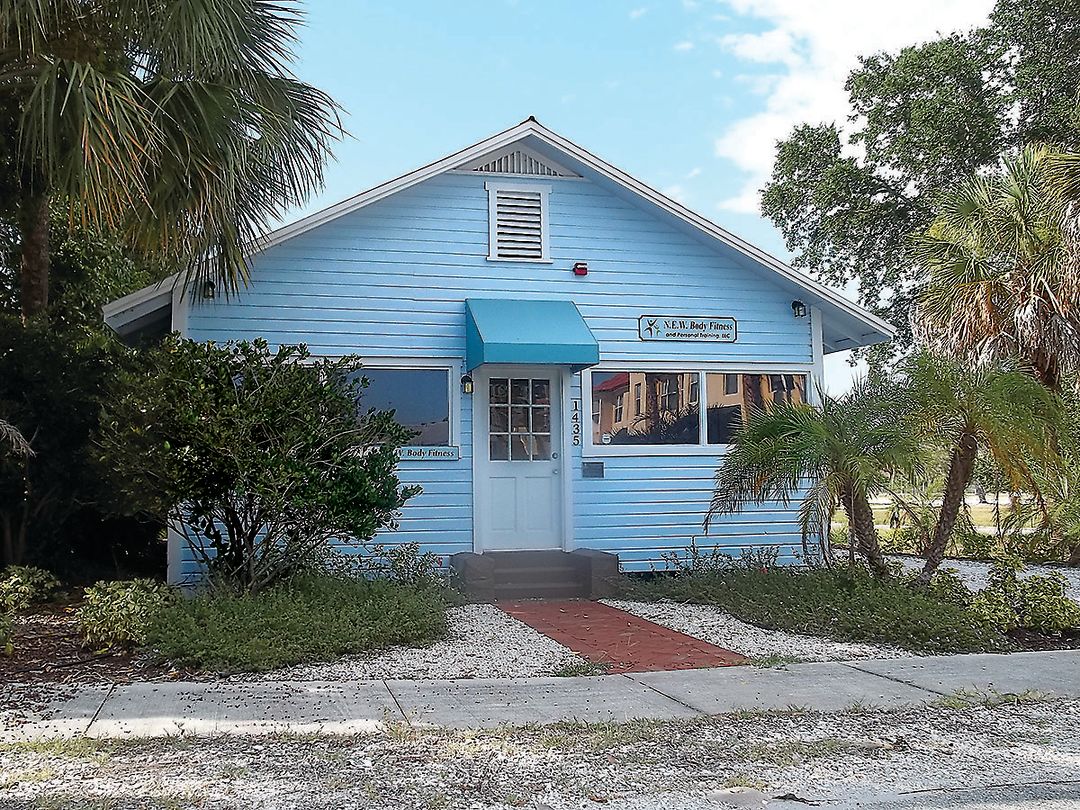A New Museum Will Bring to Light the Often-Forgotten Role of African Americans in Sarasota

A rendering of the future Sarasota African American Art Center and History Museum complex.
Image: Courtesy Photo
Sarasota’s Black history has long been neglected, and Vickie Oldham has been on a mission to change that. Largely due to her six-year effort, as the head of the Sarasota African American Cultural Coalition, the City of Sarasota will have a physical space to tell the stories of Black history with the upcoming Sarasota African American Art Center and History Museum.
Located in Newtown, the historical Black community of Sarasota, the center will be the site of historical exhibits, talks from authors, cooking demonstrations and youth mentorship programs.

Vickie Oldham
Image: Courtesy Photo
But most importantly, Oldham will tell the story of Sarasota’s African American residents. This is a project she’s already begun through oral histories and historical markers that dot Newtown. She’s recorded more than 40 conversations, all of which will eventually become podcasts. Some of the stories are iconic, such as Sarasota’s historic beach wade-ins and Emma E. Booker’s work shaping the area’s Black students. But much of her historical work features everyday people, public health nurses and barbers, for example, who made a difference.
Oldham grew up in Newtown and knows many of the people she now spends her life documenting. Newtown was once a place where walking down the street or going to church elicited a volley of “hellos.” Although that camaraderie still remains, the stories of Newtown’s elders must be told to stay alive.
“I want people to see that the African American community was active in determining their future,” Oldham says. “They saw what was going on and they started community change and uplift and transformation. I want them to understand that the African American community was a powerful, courageous, determined, enterprising and hearty bunch.”

The Leonard Reid House will be moved to Orange Avenue and Dr. Martin Luther King Jr. Way as part of the first phase of the museum project.
Image: Ebyabe /wikimedia.org
The museum is expected to be up and running in 2022. Early next year, city staff will work with contractors to move the historic Leonard Reid house, the 1926 residence of one of the founding members of Sarasota’s African American community, to its new spot on the corner of Orange Avenue and Dr. Martin Luther King Jr. Way.
“We absolutely see this as a critical step in the overall vision of cultural heritage and preservation,” says City of Sarasota governmental relations manager Stevie Freeman-Montes. The center should also be a destination for cultural tourism, an economic driver for Newtown and the city.
The State of Florida has 18 African American history museums and heritage centers. And lately, there is more interest in preserving and understanding this history. St. Petersburg’s Dr. Carter G. Woodson African American Museum, for example, has plans to expand its campus to a large-scale community center and museum and recently received $1 million in funding from the city.
Oldham is often tapped for guidance on how to start this type of project. She’s raised close to $1 million in public and private funding, and the Sarasota African American Cultural Coalition has a goal to reach $12 million for the construction of a 12,000-square-foot museum complex with a 5,000-square-foot sculpture garden. Architectural renderings show a sleek, modern facade with a roof terrace that would be an important addition to Sarasota’s art and cultural offerings.
“There are communities not just across the state of Florida but nationwide that need to do this documentation of history—it’s a must,” Oldham says. “Visitors would think that Black people were nonexistent or didn’t do anything when you come into these communities. You don’t see any documentation or any evidence. It is necessary.”
For now, Oldham is reveling in the community conversations that are already starting to crop up around race and history in Sarasota. She sees tangible representations in artwork such as murals at the Lido Beach Pavilion that depict four of the civil rights leaders who championed the integration of Sarasota’s beaches. Residents are learning that the city’s Black history is all around us, something Oldham always envisioned.
“The welcome doors swing open both ways for an understanding and an exploration about the unknown and the unfamiliar, which is basically the history, art, culture, heritage and life of African American residents here in Sarasota,” Oldham says. “When you start talking with people, answering their questions and hearing their thoughts, barriers start to come down.”



